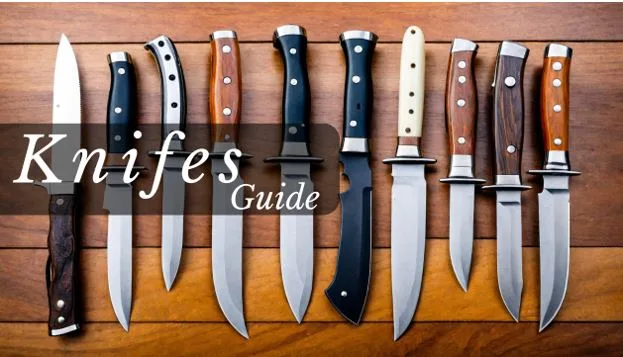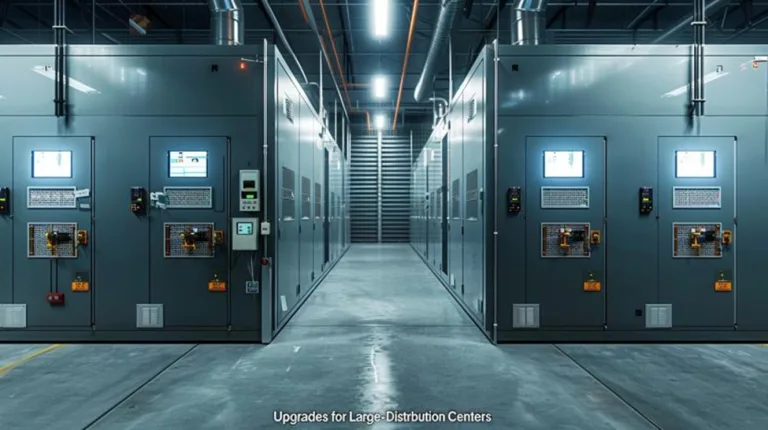Top Things to Look For Before Buying Your First Quality Knife
A knife is more than just a tool; it’s a reliable companion for outdoor adventures, hunting trips, cooking, or even as a collector’s piece. Choosing the right one can mean the difference between a knife that lasts for years and one that disappoints after just a few uses.
A quality knife isn’t simply about sharpness; it’s about purpose, materials, design, and long-term value. If you’re buying your first quality knife, knowing what to look for will help you invest in craftsmanship that fits your needs and stands the test of time.
Consider the Purpose First
Before looking at styles or comparing prices, define why you need a knife. Purpose shapes every decision, from blade material to handle design, and ensures you choose a knife that feels right in your hand and performs in the situations you face most often.
Outdoor & Survival
If you’re planning camping, hiking, or bushcraft, your knife becomes a lifeline. You’ll need a sturdy full-tang blade that can handle tasks like cutting rope, carving wood, or even preparing food in the wild. Durability and grip comfort are crucial; the last thing you want is a slippery handle when your hands are wet or cold. Many survivalists prefer knives with a slightly heavier build for chopping and batoning wood.
Everyday Carry (EDC)
For daily use, practicality comes first. Pocket knives and folding knives with secure locking mechanisms make great companions for opening packages, light cutting tasks, or quick fixes. Here, weight and size matter; an EDC knife should be compact, reliable, and legal to carry in your area. Look for designs that blend discreet style with functionality.
Kitchen Use
A kitchen knife is about precision and efficiency. For cooking enthusiasts, the right chef’s knife, paring knife, or utility knife should feel like an extension of the hand. Balance, sharpness, and handle ergonomics are key. Poor-quality kitchen knives can cause fatigue and even accidents. A good kitchen blade not only improves your cooking but also reduces the risk of injury.
Collecting & Display
If your goal is collecting, aesthetics and craftsmanship take priority. Collectors often value unique handle materials, historical designs, or limited-edition blades. In this case, the story behind the knife can be just as important as the steel itself. For instance, traditional pieces like bone-handled or Bowie-style knives combine heritage with artistry, making them both functional and conversation-worthy.
Pay Attention to the Handling Material
The handle of a knife is more than decoration; it determines comfort, grip, and safety. A well-designed handle can make long use effortless, while a poor one may lead to fatigue or even accidents. Choosing the right material is key, since it affects durability, feel, and overall balance.
Common handle types include:
- Wood: Known for its warmth and natural beauty, wood handles add a classic touch. However, they require regular care to prevent cracking or absorbing moisture. Best suited for collectors or users who appreciate tradition.
- Steel: Modern, sleek, and extremely durable. Steel handles are easy to clean and resistant to wear, but they can feel heavier in the hand and slippery if not textured properly. Ideal for those who value strength and low maintenance.
- Bone: A timeless choice with both durability and heritage. Bone handles provide a tactile grip and a unique appearance that collectors admire. Many enthusiasts still prefer the traditional look and balance of a bone handle knife, making it both functional and visually striking.
When comparing handle materials, it’s essential to think about how you’ll actually use the knife. A kitchen knife used daily may benefit from steel’s easy cleaning, while a collector might prefer the beauty of wood or bone. In the end, the best handle combines comfort, function, and style in a way that matches your purpose.
Blade Strength and Material
The blade is the heart of any knife. High-quality steel, proper heat treatment, and edge retention determine how well a knife performs over time.
- Carbon Steel: Sharp and strong but prone to rust if not maintained.
- Stainless Steel: Resistant to corrosion, lower maintenance, but may require more frequent sharpening.
- Damascus Steel: Known for its unique patterns and balance between strength and flexibility.
When buying your first knife, choose a blade material that matches your usage. If you’re outdoors often, corrosion resistance should be a priority. If you’re a collector, unique finishes or historic steel types may matter more.
Design and Comfort
A knife should feel like an extension of your hand. Balance, grip, and overall weight all play a role in comfort, and the wrong design can quickly turn use into frustration. The right design isn’t just about appearance; it directly affects how reliable and safe the knife will be in real situations.
- Drop Point Knives: A practical choice for beginners and outdoorsmen alike. The broad blade and strong tip handle general tasks well, from slicing to field dressing. Their balance makes them dependable for long use without strain.
- Clip Point Knives: Slimmer and lighter, clip points excel in precision tasks. Their sharp, narrow tip is ideal for detailed cutting, though they’re not as durable for heavy-duty work. Many everyday users value them for their agility and ease of handling.
- Bowie Knife: Few knives carry the same mix of power and heritage as the Bowie knife. Its sweeping blade gives it an edge in heavy-duty chopping, but its real importance lies in its history and versatility. For survivalists and hunters, owning one isn’t just about having a tool; it’s about carrying a design trusted for generations, which is why it remains a benchmark for collectors and outdoor adventurers.
- Tanto Blade Knives: Built for toughness, the reinforced tip of a tanto blade is made for piercing and durability. They’re excellent for demanding tasks, though the angular shape can feel less ergonomic during long use.
Comfort should always be a deciding factor. A knife that feels balanced in your hand will not only perform better but also keep you safe. Before buying, test how it fits your grip and purpose. Design and comfort often matter as much as the blade itself.
Price vs. Value
It’s easy to be drawn to the lowest price tag, especially when buying your first knife. But in most cases, cheaper options sacrifice steel quality, handle comfort, or overall craftsmanship. These shortcuts can shorten the knife’s lifespan, reduce performance, and even make it unsafe to use.
Instead of focusing only on price, think in terms of long-term value:
- Durability: Will the knife hold up for years with proper care? High-quality steel and strong handles save you from frequent replacements.
- Safety & Reliability: A poorly made knife can slip, chip, or break, turning what should be a trusted tool into a liability. Investing in quality means safer use and consistent performance.
- Craftsmanship & Reputation: Knives from reputable makers or trusted brands often come with better balance, precision, and attention to detail, features that make a difference in everyday use.
For first-time buyers, the sweet spot is usually a mid-range knife that combines solid materials with thoughtful design. You don’t need to overspend on luxury blades, but choosing quality craftsmanship ensures your knife delivers lasting value, safety, and pride of ownership.
Conclusion
Choosing your first quality knife isn’t about chasing the cheapest deal or the flashiest design, it’s about finding the right balance between purpose, comfort, strength, and long-term value. By focusing on what you’ll use it for, paying attention to handle materials, understanding blade strength, and weighing price against durability, you can make a purchase that feels less like a gamble and more like an investment. The right knife should feel natural in your hand, perform reliably in every task, and reflect craftsmanship that lasts for years to come.






